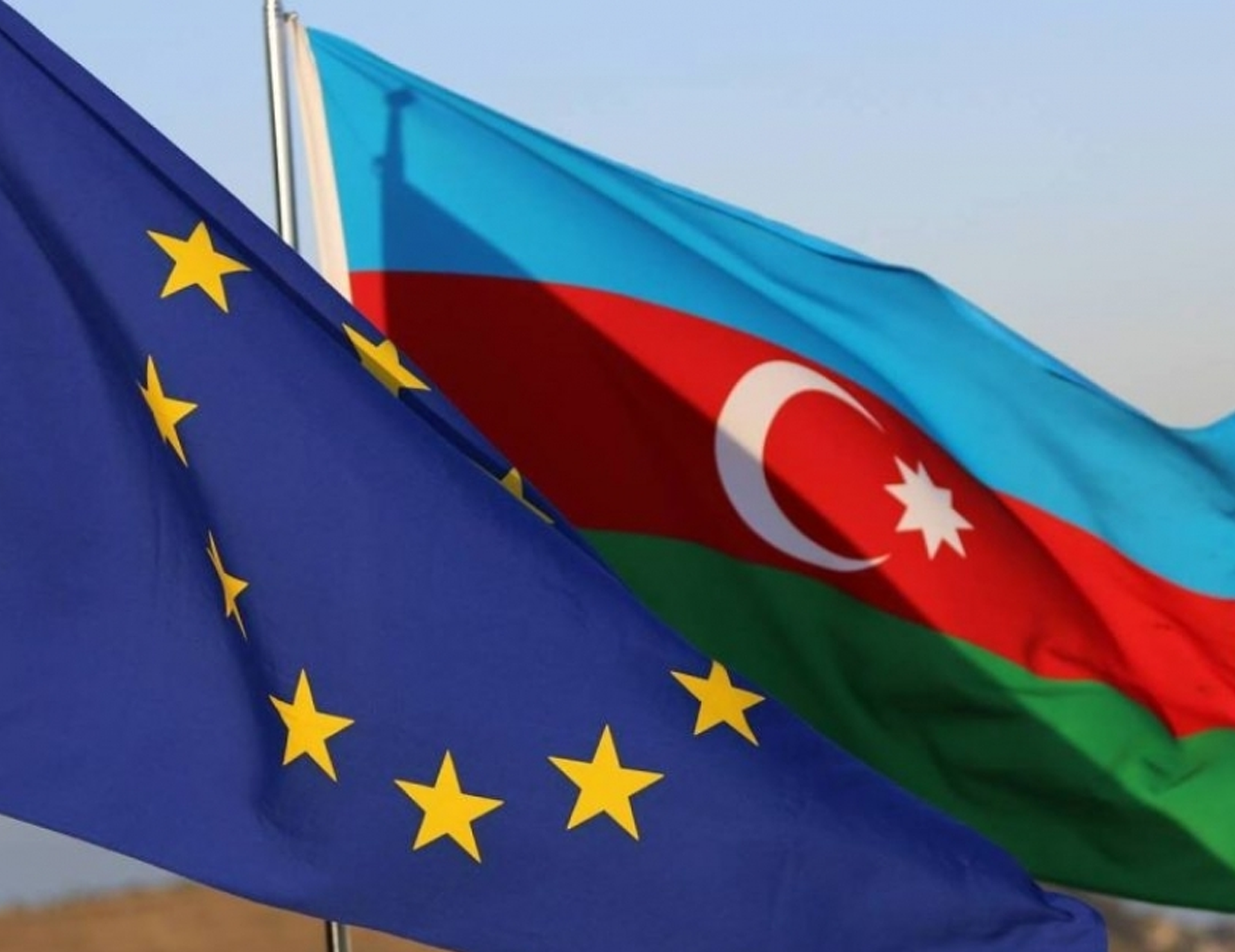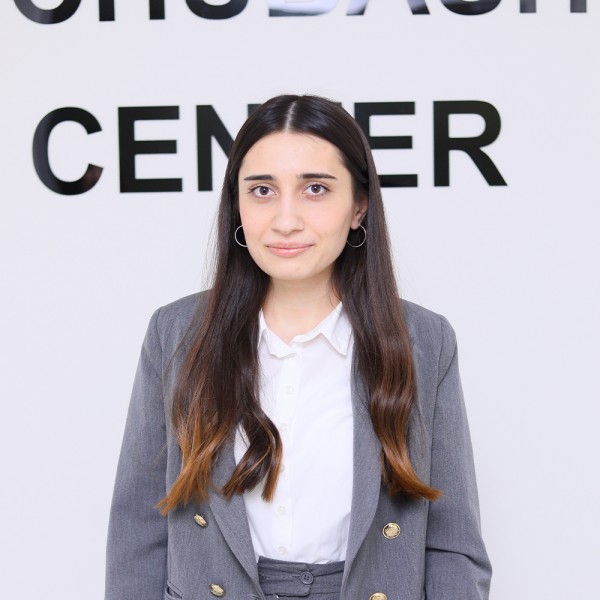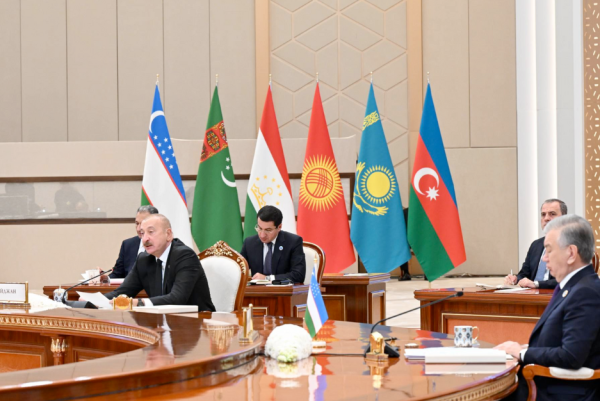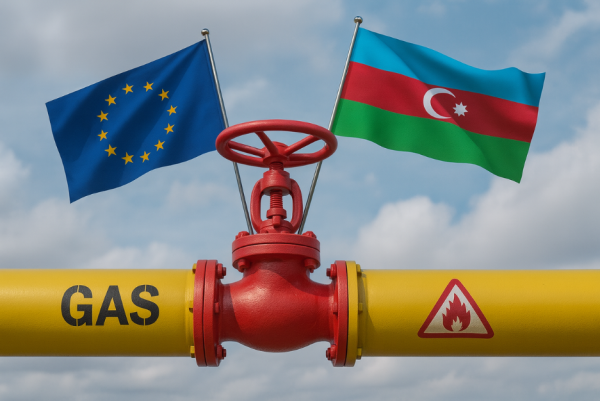Azerbaijan in the EU’s South Caucasus strategy: what is on the line?

On 25 April, the EU’s top diplomat, Kaja Kallas, started her first tour of the Caucasus from Baku, where she had high-level talks with President Ilham Aliyev and Foreign Minister Jeyhun Bayramov. The discussions were mainly focused on three main issues: 1) energy cooperation; 2) connectivity; 3) a new Partnership and Cooperation Agreement. If the first two are moving ahead with relative ease, the third one is a different story - it’s where things start to get complicated.
Today, Azerbaijan supplies approximately 13 billion cubic meters (bcm) of natural gas annually to around 10 EU member states, which is 57 per cent more than in 2021. During the visit, Kallas noted that Azerbaijan acts as a reliable partner in ensuring Europe’s energy security. Aliyev also spoke about a green-energy corridor alongside gas, potentially adding renewable energy exports via the Caspian–Black Sea link.
On the issue of connectivity, both sides emphasized the strategic importance of improving East-West transport corridors, particularly the Middle Corridor, which links Central Asia to Europe via the South Caucasus. Azerbaijan has positioned itself as a key transit country in this network, investing heavily in infrastructure such as the Baku-Tbilisi-Kars railway and new port facilities on the Caspian Sea. Kallas reiterated the EU’s readiness to support further development of logistics and digital connectivity in the region, including projects under the EU’s Global Gateway initiative. It is important that the EU is increasingly looking eastward, toward Central Asia, and Azerbaijan is positioned right in the middle of this strategic corridor. This priority was clearly demonstrated at the EU–Central Asia Summit held in Samarkand last month. Now, for Brussels, closer ties with Baku are about more than energy — they’re about long-term access to Central Asia and building a resilient East-West corridor.
Now, the issue which is more complicated than energy cooperation and connectivity, is the new Partnership and Cooperation Agreement (PCA). The PCA is the main legal framework that defines how the EU works with countries outside its borders in different areas. Until now, relations between the EU and Azerbaijan have been based on the PCA signed back in 1996. However, considering how much the political and economic landscape has changed over the past three decades, this framework now feels outdated. So, since 2017, there have been some discussions on the update to the framework to bring relations in line with current realities, including cooperation on energy.
However, in 2020, the negotiations stalled after seven rounds, with the main stumbling block being trade, specifically, how far and how fast Azerbaijan is willing (or able) to align with EU standards. Unlike many of the EU’s other neighbours, Azerbaijan is not a member of the World Trade Organisation, which complicated efforts to build a deeper trade relationship. There’s also understandable caution on the Azerbaijani side about opening up too quickly, especially in sectors where domestic industries may struggle to compete with EU imports.
However, as a result of Ms. Kallas’ visit, Brussels and Baku agreed to resume the process and finalise the framework. For Baku, this new agreement means a step to formalise its role as a key energy supplier to Europe and to attract new investment into the country. In turn, for Brussels, it means securing alternative energy sources, especially in such uncertain times. Both sides say they’re committed, but translating that commitment into an agreement most likely will be a slow process.
Alongside energy cooperation, the EU tries to position itself as a facilitator in the Armenia–Azerbaijan normalisation process. Most probably, this topic was also on the agenda of the visit. Currently, several aspects of the EU’s approach are viewed with scepticism in Baku and likely have been discussed in the closed-door discussions during Ms. Kallas’s visit. Chief among these concerns is the EU Monitoring Mission to Armenia (EUMA), first deployed in early 2023 and later extended in 2025 without Azerbaijan’s consent. The EU presents the mission as a confidence-building tool; in turn, Baku sees it as an instrument that grants foreign observers access to sensitive frontier areas and provides Armenia with international legitimacy and backing.
Another contentious issue is the European Peace Facility (EPF). A €10 million assistance package to Armenia within the EPF framework was received in Azerbaijan as an indication of a European bias. The decision appeared even more one-sided in light of the EU’s refusal to approve a parallel request by Hungary to allocate EPF funds to Azerbaijan. From Baku’s perspective, this asymmetry undermines trust in the EU’s neutrality. Adding to this perception are longstanding internal divisions within the EU itself, with countries like France known for their pro-Armenian stance. That contributes to the impression in Baku that the EU speaks with multiple, sometimes contradictory voices.
In contrast to her predecessor Josep Borrell—whose policies and stance on the Caucasus were widely criticised in Baku for perceived bias—Kaja Kallas appears to be ushering in a shift. During her recent visit to Azerbaijan, she repeatedly underscored the country’s role as a key regional player. Notably, her decision to begin the South Caucasus tour in Baku sent a clear and symbolic message. As a result, there is growing optimism in Baku that EU-Azerbaijan cooperation could gain new momentum under her leadership.
All in all, Baku and Brussels left the April meeting with a clear agenda to boost Azerbaijani gas supplies and cement the Southern Gas Corridor in Europe’s energy diversification strategy. But while energy cooperation and connectivity remain relatively “easy” topics, the rest of the EU-Azerbaijan relations are far more complicated.







